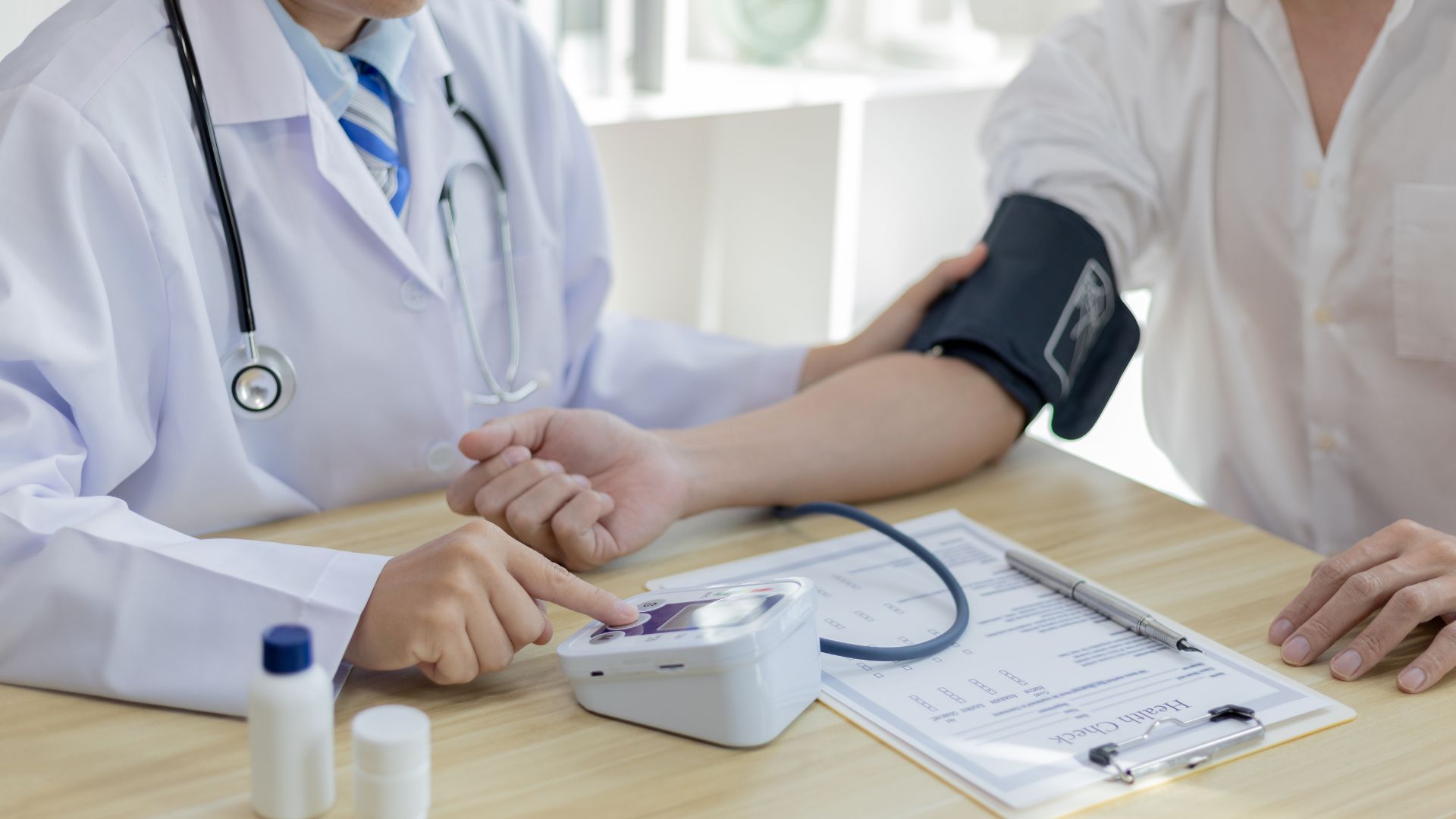Endometriosis is a condition in which tissue similar to the lining of the uterus (endometrium) grows outside its normal location. This can cause pain, inflammation, and even issues with conception. Many women remain unaware of the disease for a long time, dismissing symptoms as regular menstrual discomfort. However, endometriosis is not just an inconvenience; it’s a serious condition that can impact fertility.
How Does Endometriosis Affect Fertility?
You might be wondering how exactly endometriosis interferes with conception. Let’s break it down:
- Formation of Adhesions
Imagine that everything in the body should function like a well-oiled machine: the egg is released from the ovary, moves through the fallopian tube, where it meets the sperm, and together they make their way to the uterus. But when endometriosis is present, things become more complicated. The endometrial-like tissue grows outside the uterus, and the body tries to protect itself by forming adhesions—like webs that glue the organs together. If the fallopian tubes are blocked by these adhesions, the egg simply cannot meet the sperm, which is a major obstacle to conception. - Inflammation
Endometriosis lesions behave like a chronic source of inflammation. This means there is constant irritation in the pelvic area, and with it, problems arise. Inflammation reduces egg quality, making them less viable. Additionally, the environment inside the uterus becomes less favorable for embryo implantation. Even if fertilization occurs, the embryo may fail to implant. - Hormonal Imbalance
Hormones are the conductors of the reproductive system. But with endometriosis, they start playing out of tune. The most common disruption is the imbalance between estrogen and progesterone. Estrogen levels are elevated, while progesterone is insufficient—this disrupts egg maturation, makes the menstrual cycle unstable, and can even suppress ovulation. As a result, the chances of natural conception are reduced. - Stage of the Disease
It’s important to understand that the earlier endometriosis is detected, the easier it is to control. In the early stages, changes in the body are minimal, and the problem can be managed with therapy. However, if the disease progresses, lesions become more widespread, adhesions form, and inflammation and hormonal imbalances make conception nearly impossible. In advanced stages, in vitro fertilization (IVF) may be the only option for pregnancy.
This is why early diagnosis is key to preserving fertility. If you notice any concerning symptoms, it’s best to visit a doctor as soon as possible. The earlier you address the issue, the more likely you are to avoid complex procedures and maintain the ability to conceive naturally.
The Importance of Early Diagnosis
Endometriosis can be sneaky. It may hide under the guise of regular menstrual cramps for years, and when symptoms become unbearable, the disease may already be severely affecting daily life and fertility. The earlier it’s detected, the easier it is to manage.
What to Look For?
If you experience any of the following symptoms, it might be time to visit a doctor:
- Severe menstrual pain – not just discomfort, but real cramps that don’t subside even after taking painkillers. If you’re suffering every month, it’s not normal.
- Pain during intercourse – endometriotic lesions can grow in areas behind the uterus or on the ligaments that support it, causing sharp, aching, or stabbing pain during penetration, making intimacy uncomfortable.
- Menstrual cycle irregularities – if your period becomes unpredictable, too heavy, or too light, it might be a warning sign.
- Difficulty conceiving – if you and your partner have been trying to get pregnant but haven’t succeeded after a year (or six months if you’re over 35), it might be worth getting checked.
- Constant fatigue – chronic inflammation and hormonal imbalances can leave you feeling weak and exhausted, even if you’re getting enough sleep and eating well.
How Is Endometriosis Diagnosed?
If any of these symptoms sound familiar, don’t guess—get checked. Doctors use several diagnostic methods:
- Pelvic ultrasound – the first and most accessible way to detect changes. A transvaginal ultrasound is particularly informative as it helps detect cysts and potential adhesions.
- Laparoscopy – a minimally invasive surgical method in which a small camera is inserted through tiny incisions. This is the most accurate way not only to confirm the diagnosis but also to remove any endometrial lesions if found.
- Inflammation markers test – such as a blood test for CA-125 levels. This marker can be elevated in endometriosis, but it’s not a definitive proof of the disease. It’s considered alongside other diagnostic methods.
The sooner you understand what’s happening in your body, the better your chances of preserving your health and reproductive function. Don’t ignore the pain and discomfort—they could be the first sign of a serious issue. It’s better to get checked and be sure that everything is fine than to regret lost time later.
Treatment Methods and Preserving Fertility
If the diagnosis is confirmed, don’t panic. Endometriosis is undoubtedly a challenging condition, but it’s not a death sentence. There are many treatment options that help control symptoms, reduce the risk of infertility, and even restore the ability to conceive. Let’s look at the available methods.
Hormonal Therapy
This treatment aims to slow the growth of endometrial lesions and alleviate symptoms. Since endometriosis “feeds” on estrogen, the main goal is to reduce estrogen levels and create an environment in which new lesions will not grow.
- Combined oral contraceptives (COCs) – these suppress ovulation and lower estrogen levels, helping to reduce painful symptoms.
- Progestins (gestagens) – these are synthetic versions of progesterone, which help suppress the growth of endometrial lesions and reduce inflammation.
- GnRH agonists – these induce a temporary menopause by turning off estrogen production. However, due to side effects (hot flashes, decreased bone density), they are prescribed for limited periods. Hormonal therapy is effective for mild and moderate forms of endometriosis, but if the disease has led to adhesions or severe organ damage, more aggressive treatments may be necessary.
Surgical Treatment
If endometriosis interferes with conception, causes severe pain, or if cysts (such as ovarian endometriomas or “chocolate cysts”) are present, doctors may recommend surgery. The least invasive method is laparoscopy, a minimally invasive surgery where a camera and tools are inserted through small incisions. The surgeon can remove endometrial lesions, destroy adhesions, and restore the patency of the fallopian tubes. It’s important to understand that surgery doesn’t guarantee that endometriosis won’t return. Therefore, hormonal therapy is often prescribed after surgery to prevent recurrence.
Assisted Reproductive Technologies (ART)
If endometriosis has already impacted the ability to conceive and other treatments haven’t worked, in vitro fertilization (IVF) can help. IVF is particularly effective when:
- There’s a significant adhesion process that can’t be corrected surgically.
- Endometriosis has reached a severe stage, making natural conception nearly impossible.
- More than a year has passed after treatment but pregnancy hasn’t occurred. The procedure involves stimulating ovulation, collecting eggs, fertilizing them in the lab, and transferring the embryo to the uterus. Despite its complexity, IVF offers many women with severe endometriosis a real chance to become mothers.
Lifestyle and Supportive Therapy
In addition to medical treatment, there are things you can do on your own to improve your well-being and reduce the negative effects of endometriosis:
- Proper nutrition – reducing inflammation is possible by cutting out sugar, gluten, dairy products, and fast food. Include more vegetables, fish, omega-3 rich foods, and antioxidants in your diet.
- Physical activity – moderate exercise (yoga, pilates, swimming) helps reduce estrogen levels and decrease inflammation.
- Stress reduction – constant stress exacerbates hormonal imbalances. Relaxation techniques, breathing exercises, and meditation can help you manage the situation.
Endometriosis is not a death sentence, but it’s also not a problem you can ignore. The earlier you diagnose and start treatment, the better your chances of preserving fertility. Treatment for endometriosis is always an individualized process. Some women benefit from hormonal therapy, others need surgery, and some may require IVF. But the most important thing is not to delay seeing a doctor and to act as early as possible. The sooner you take control of the situation, the more likely you are to preserve your reproductive health and fulfill your dream of motherhood.
Take care of yourself and your health!








